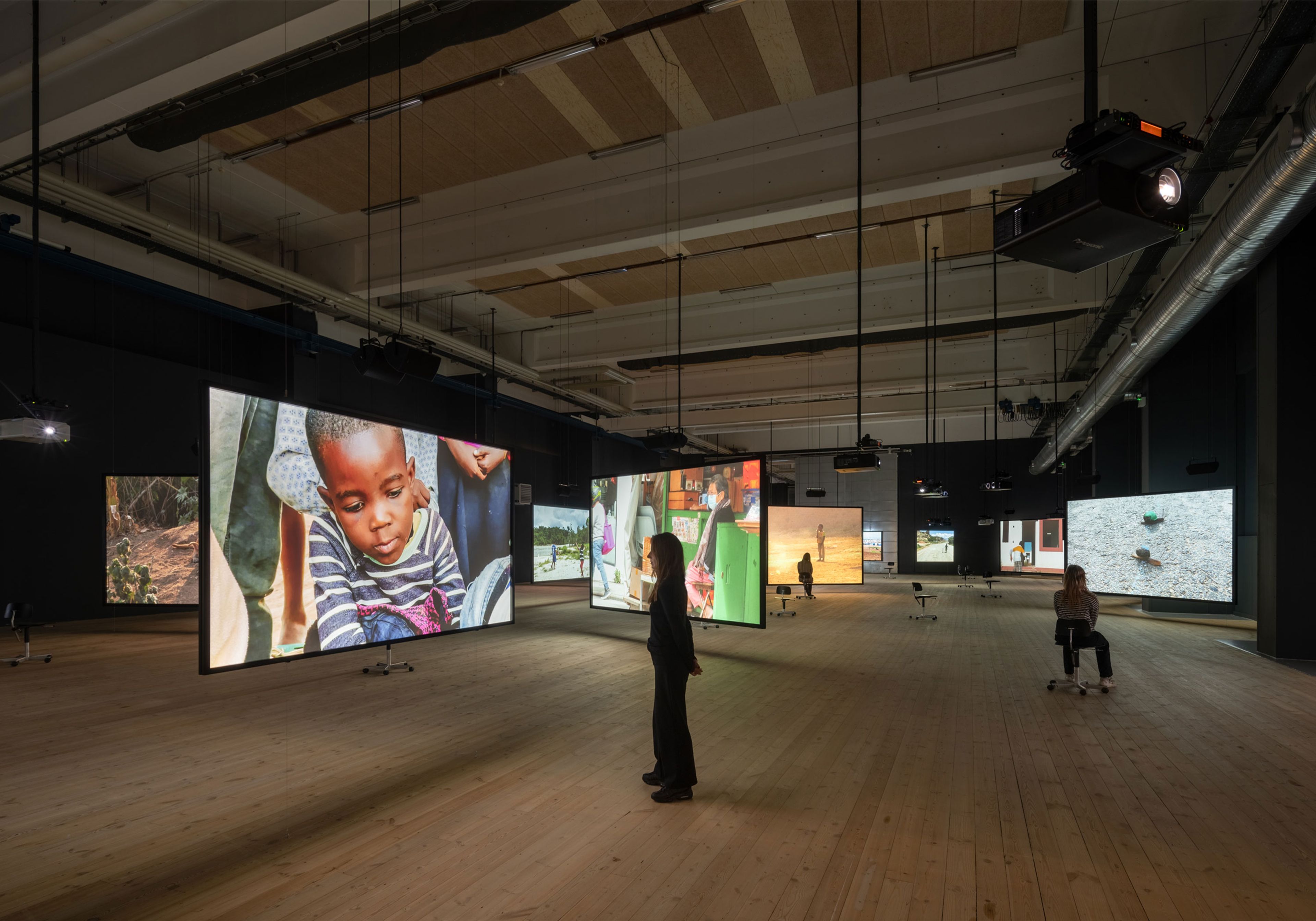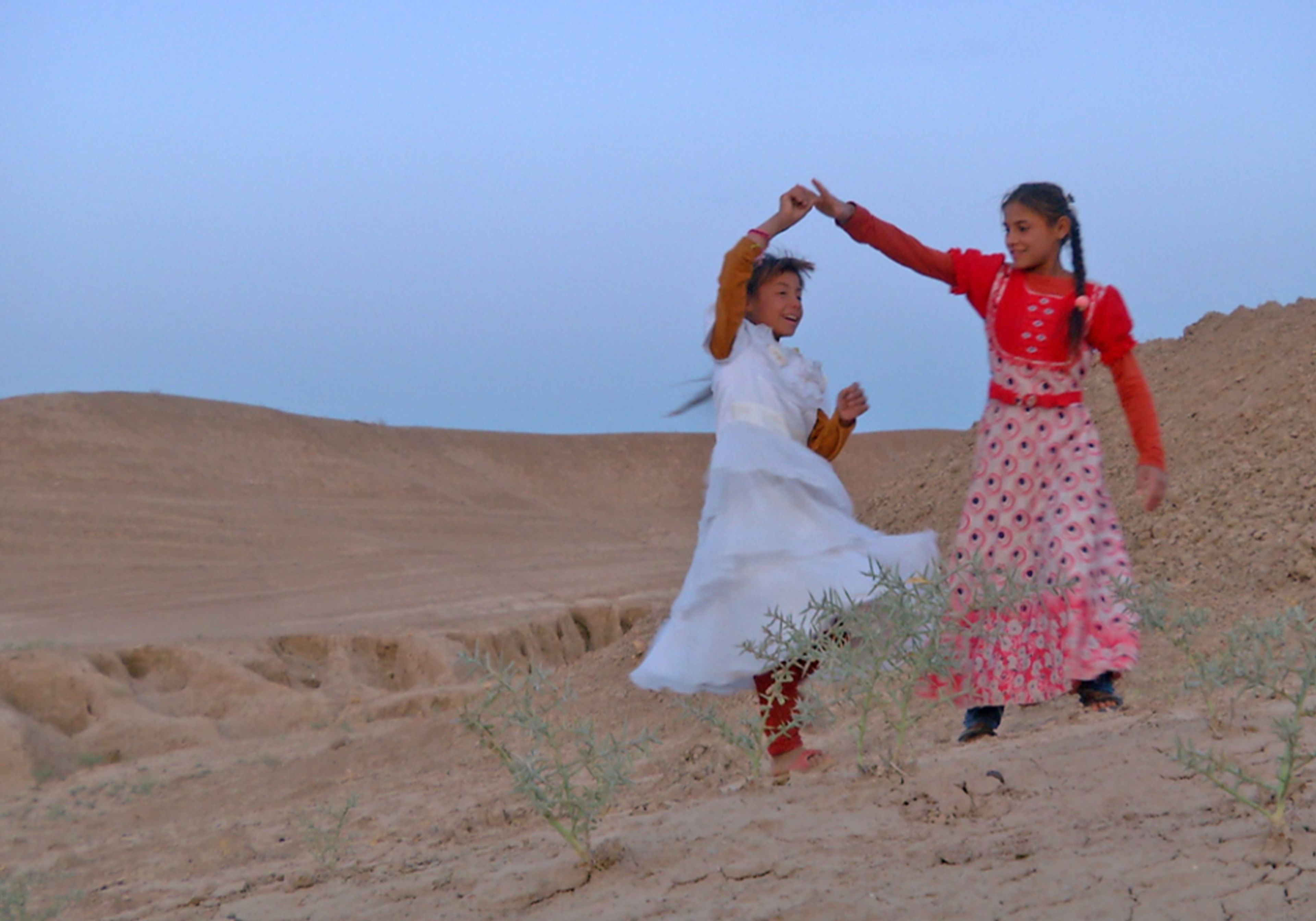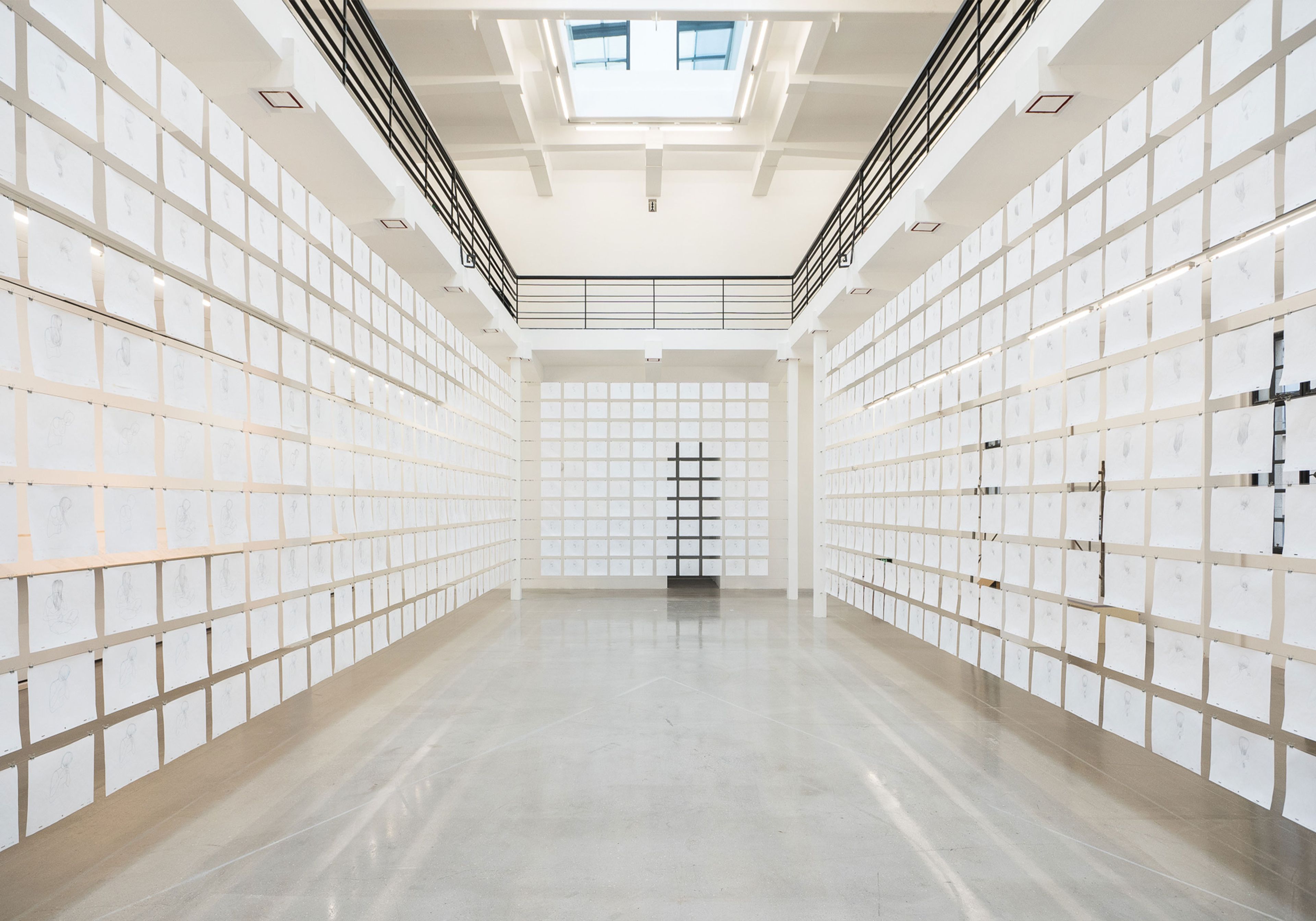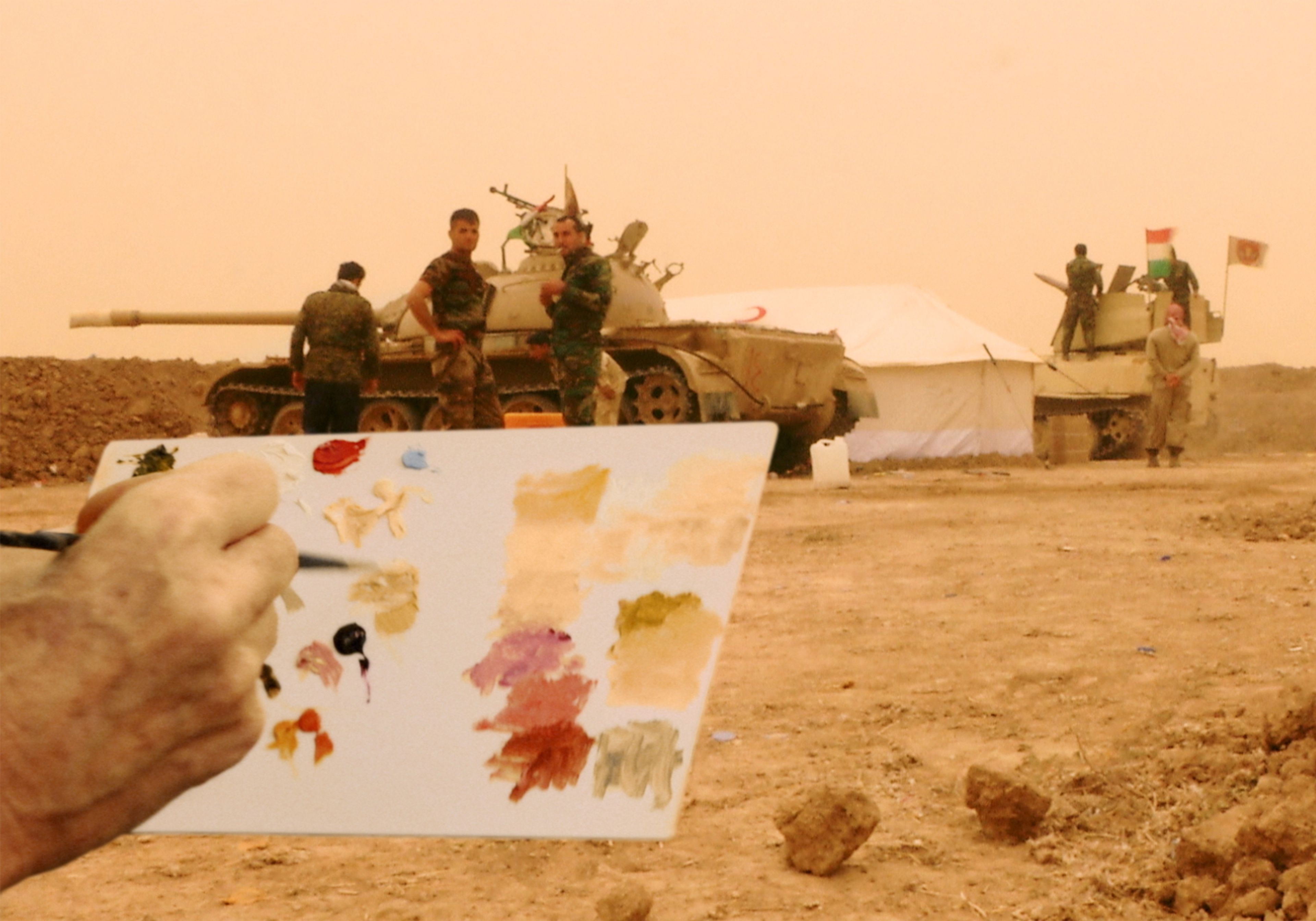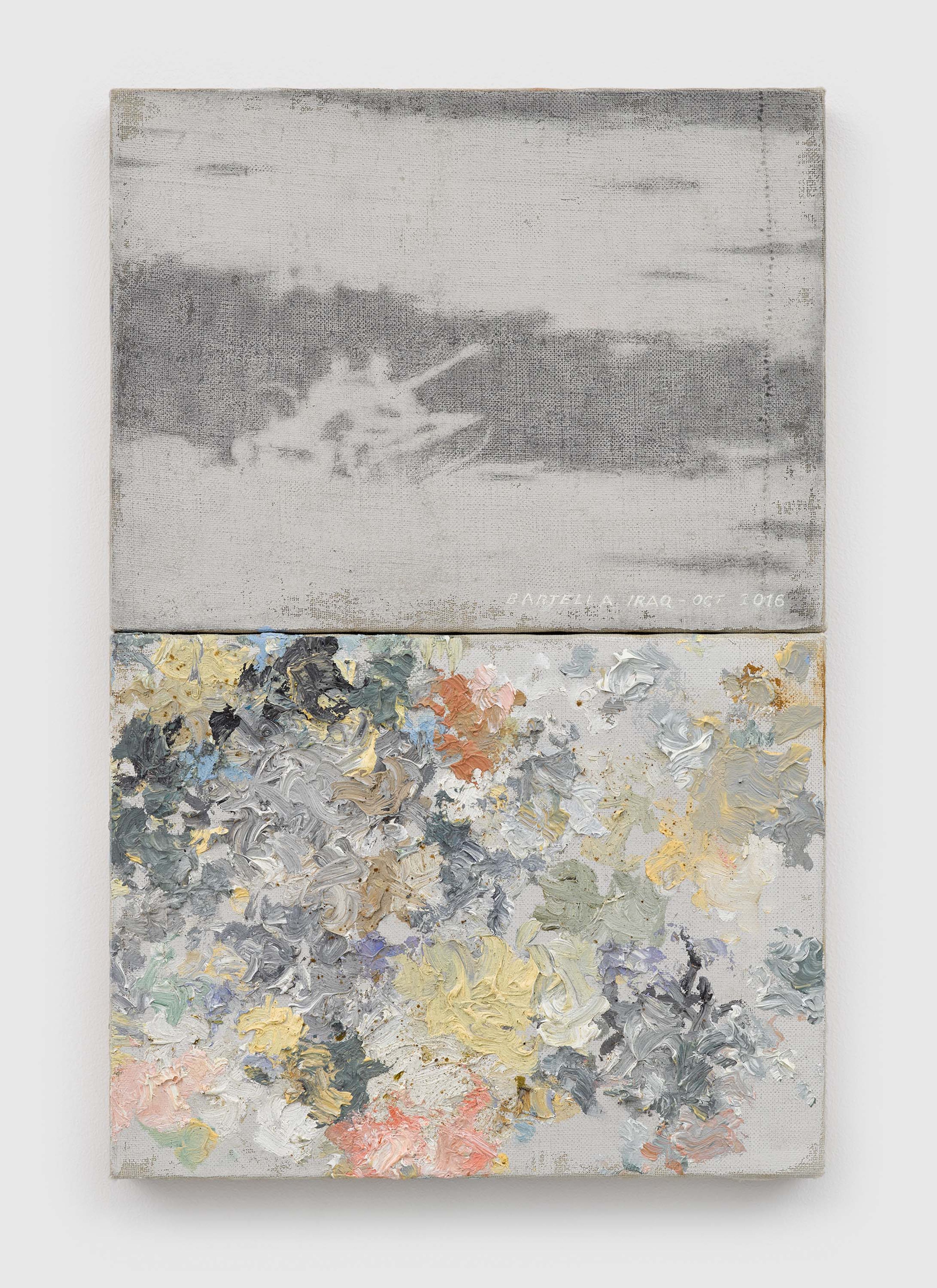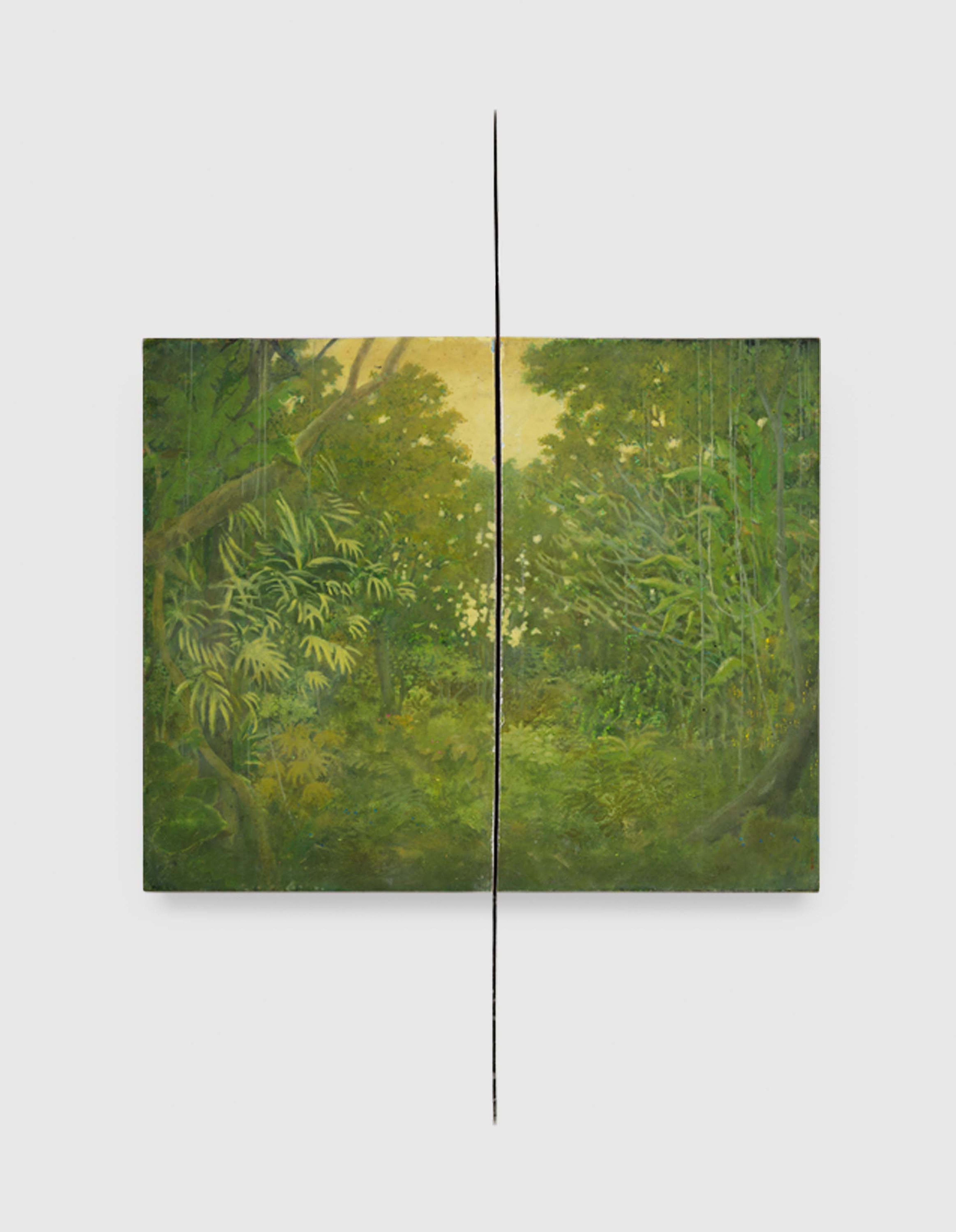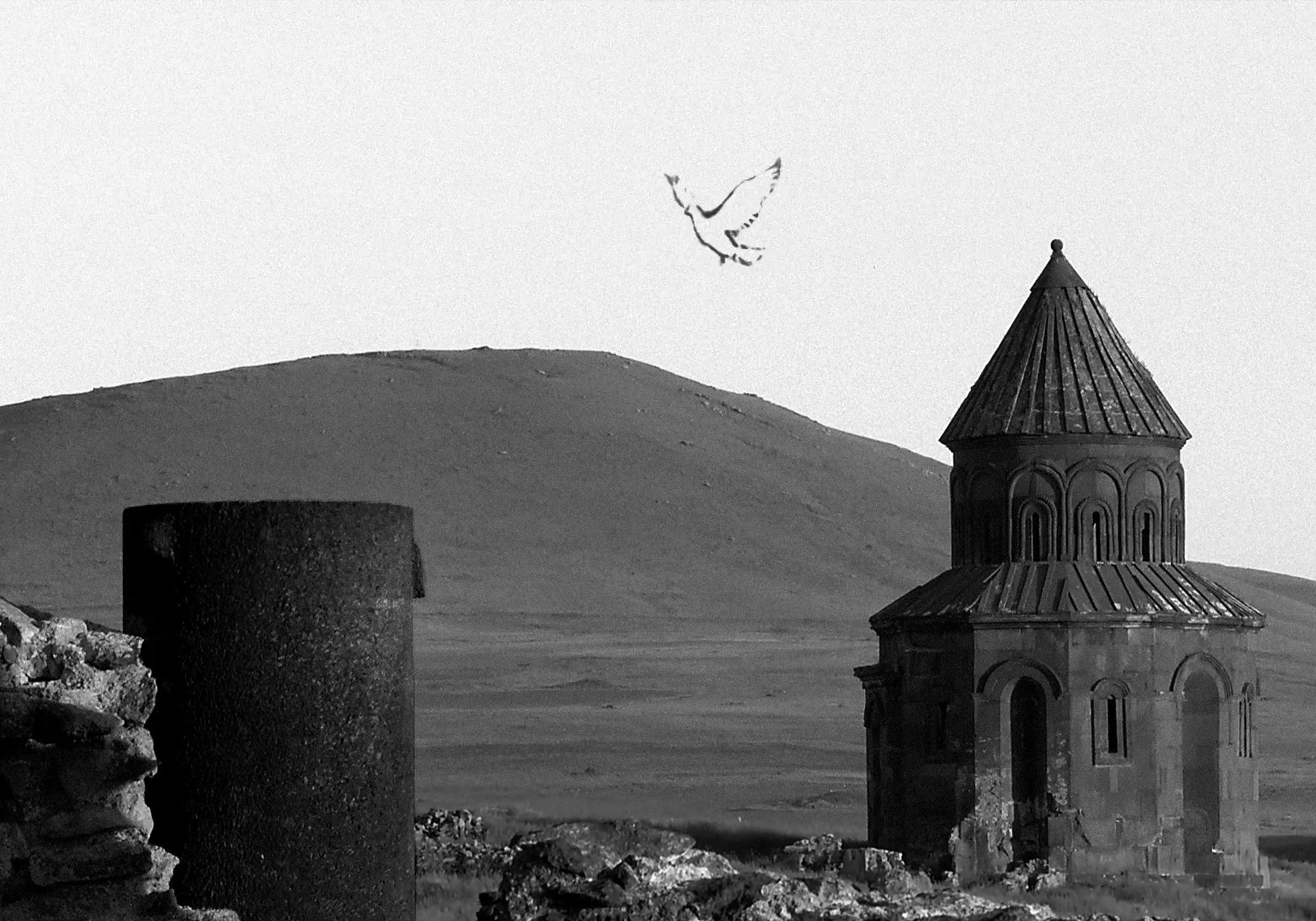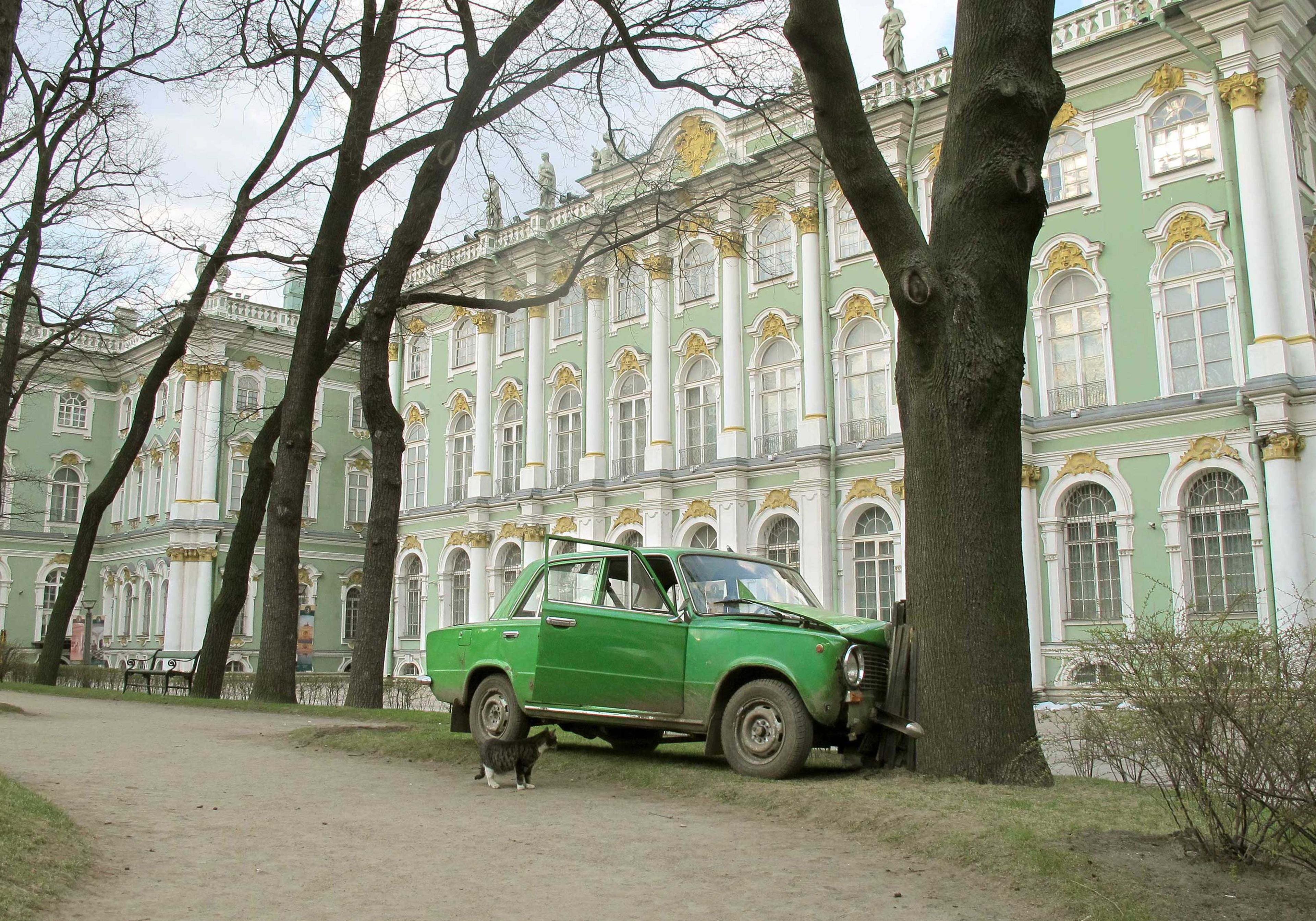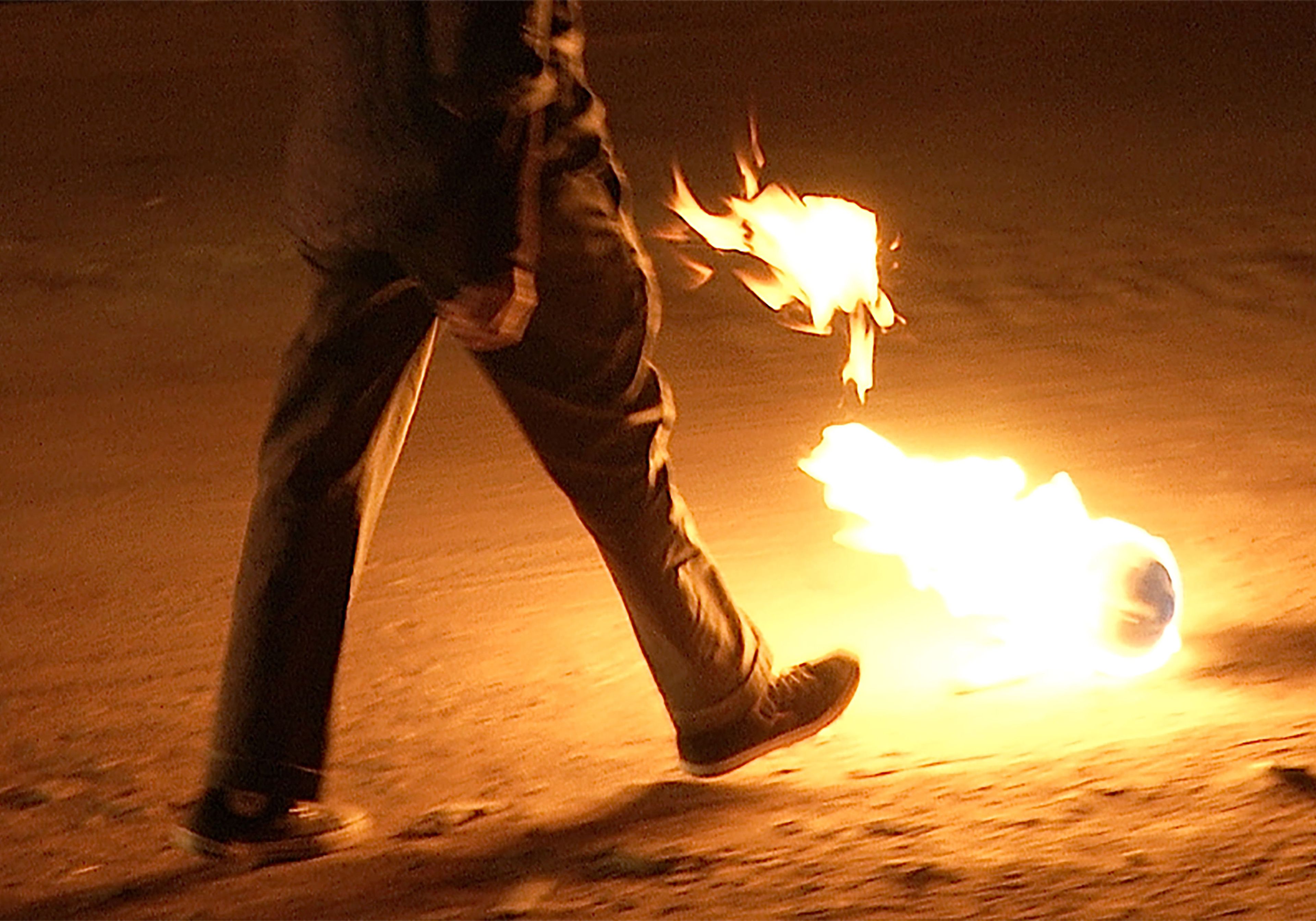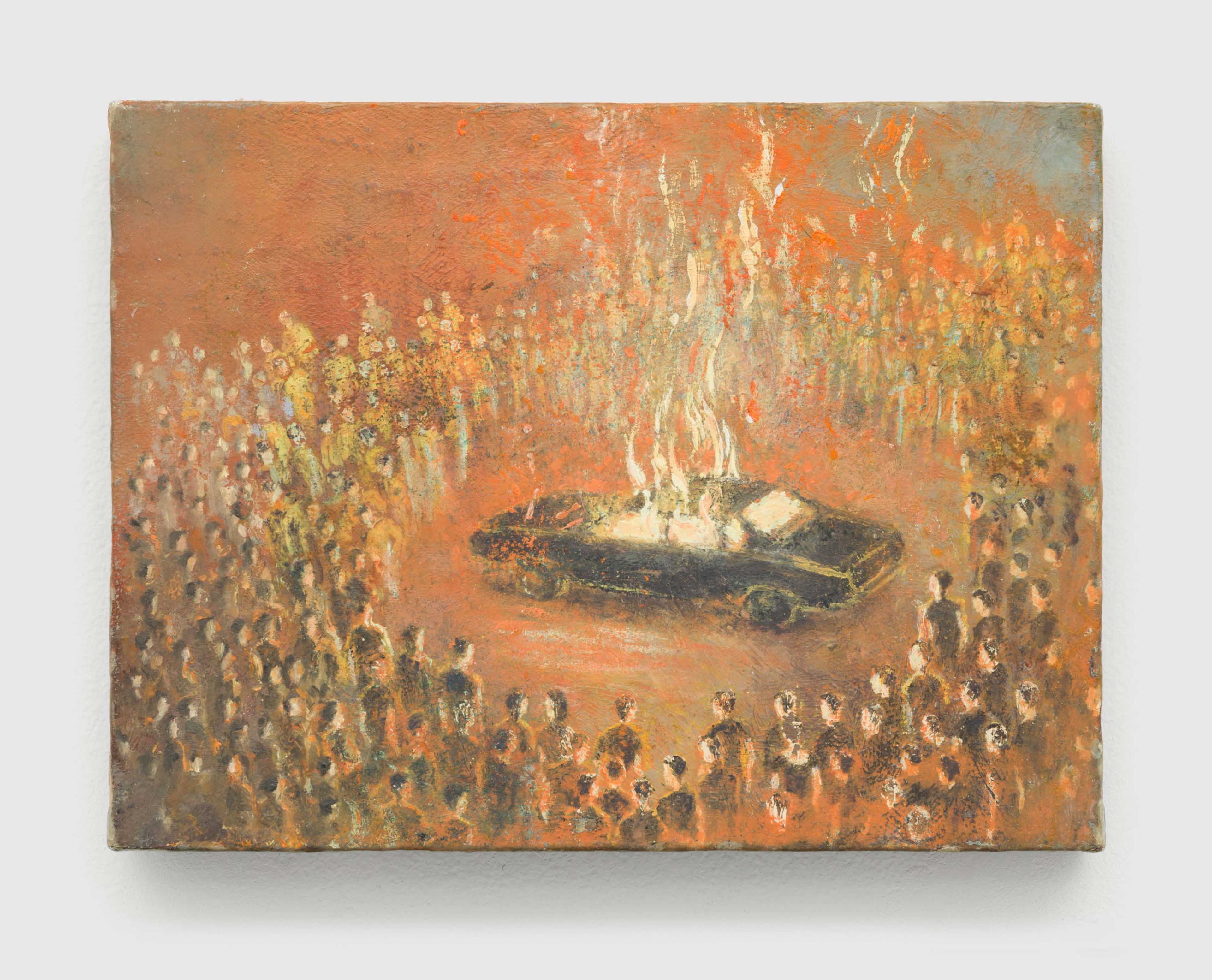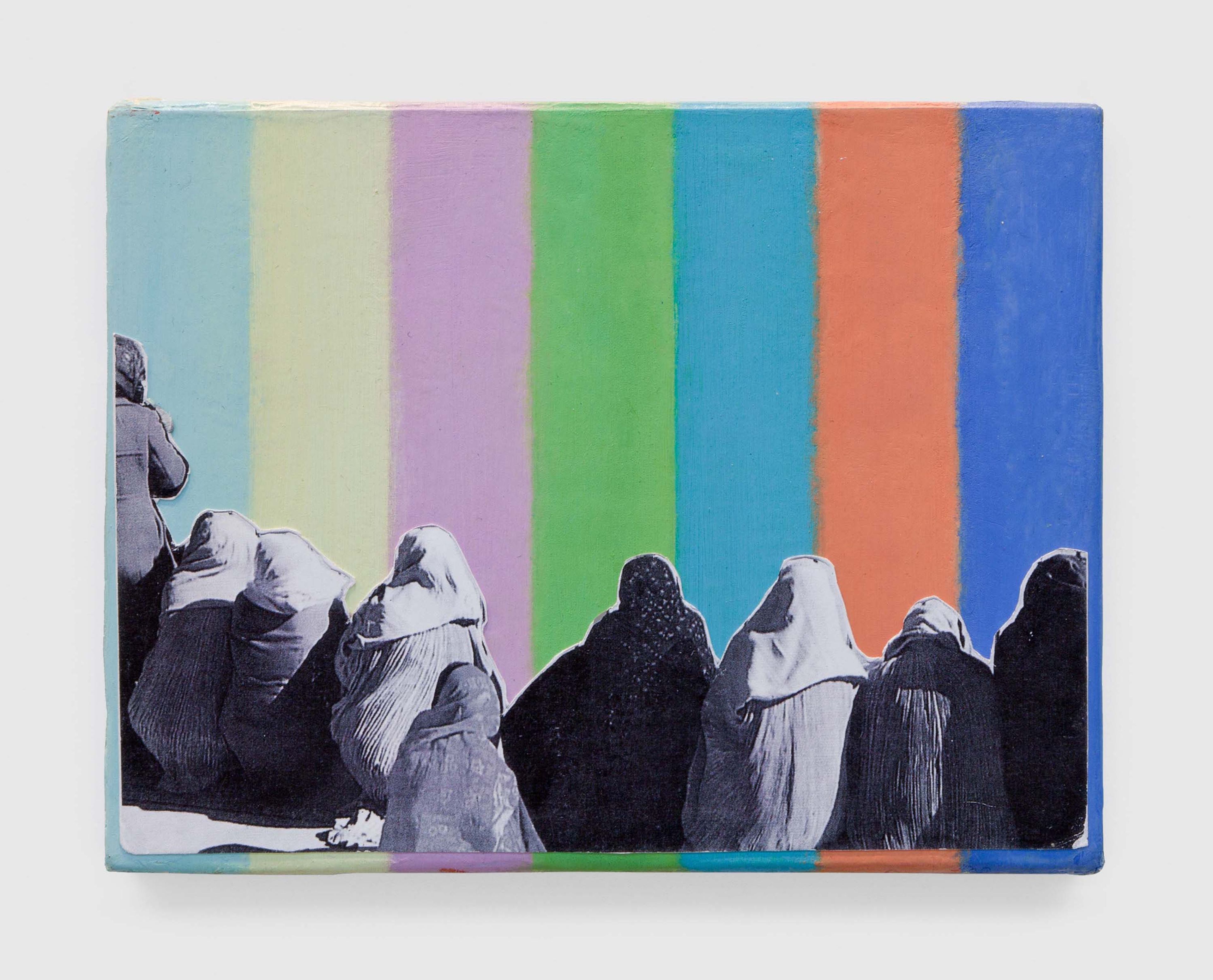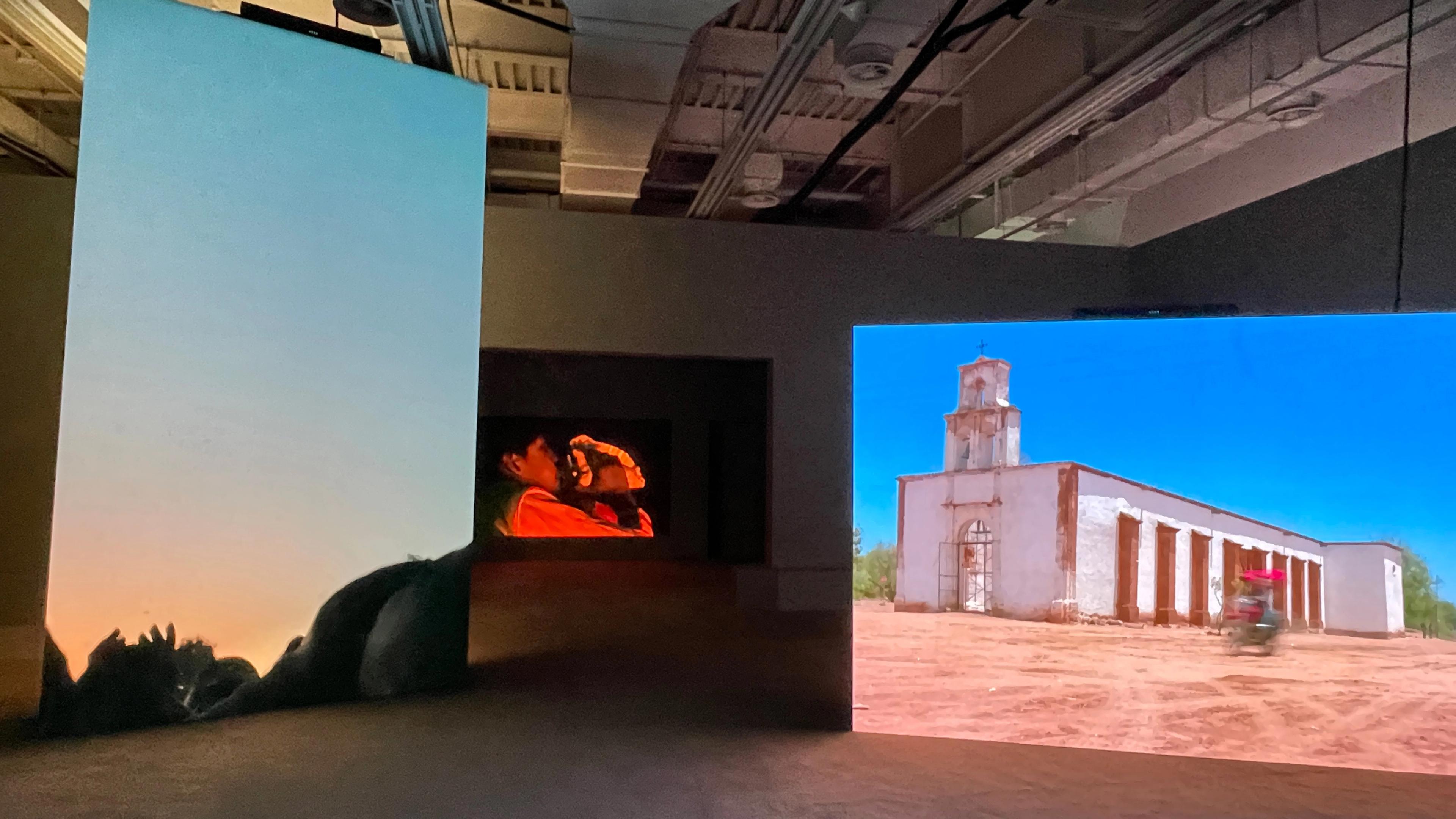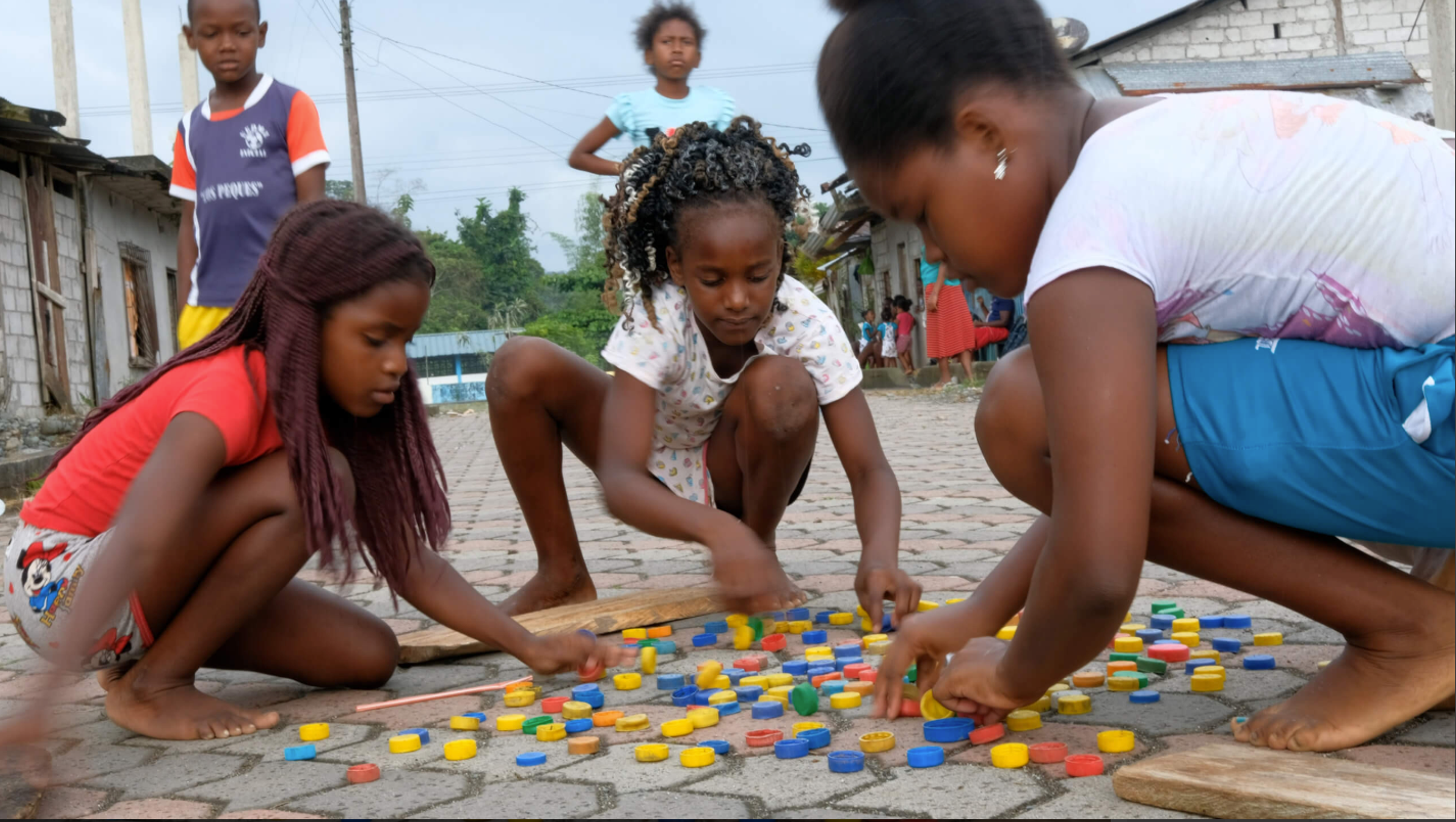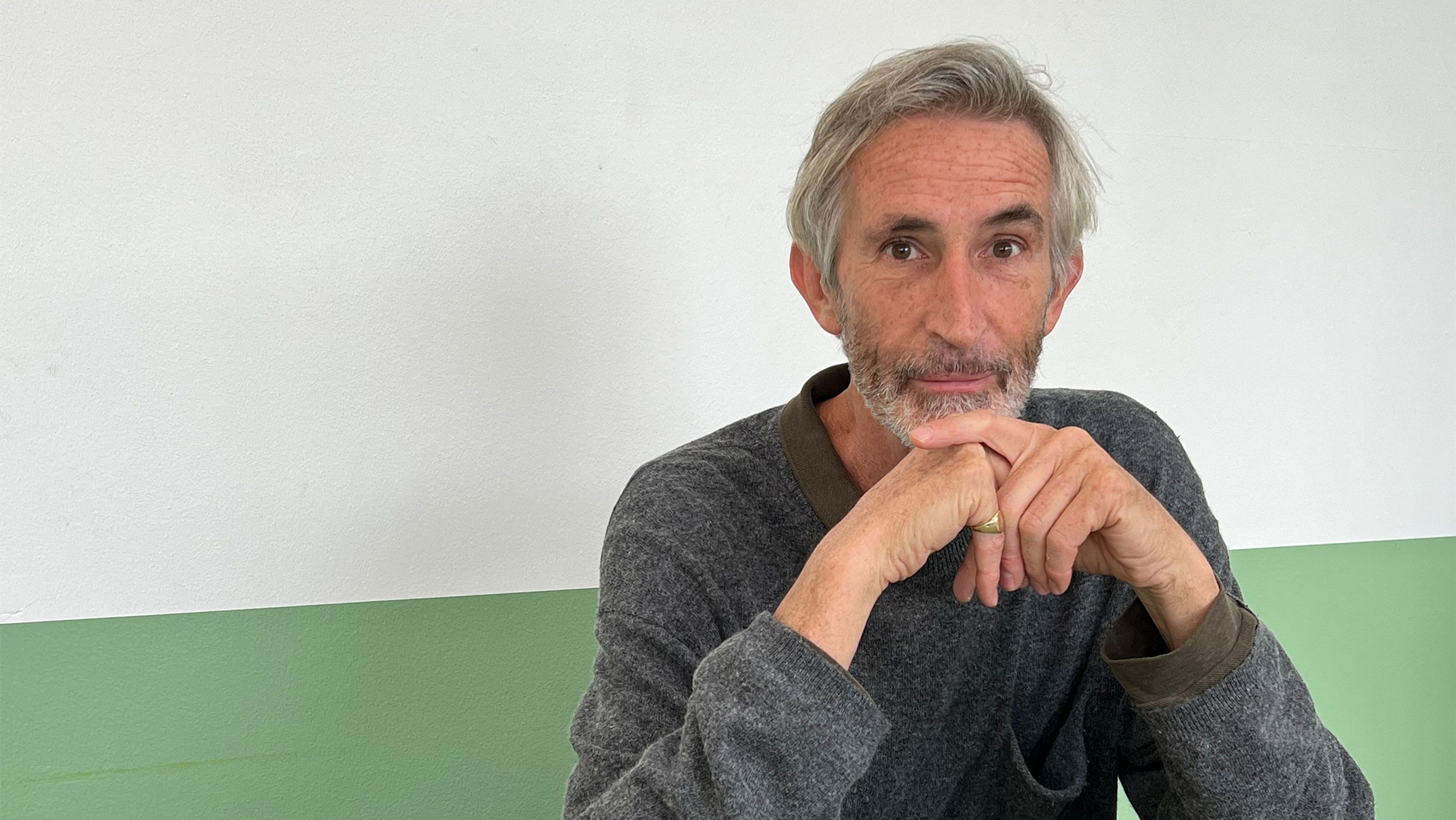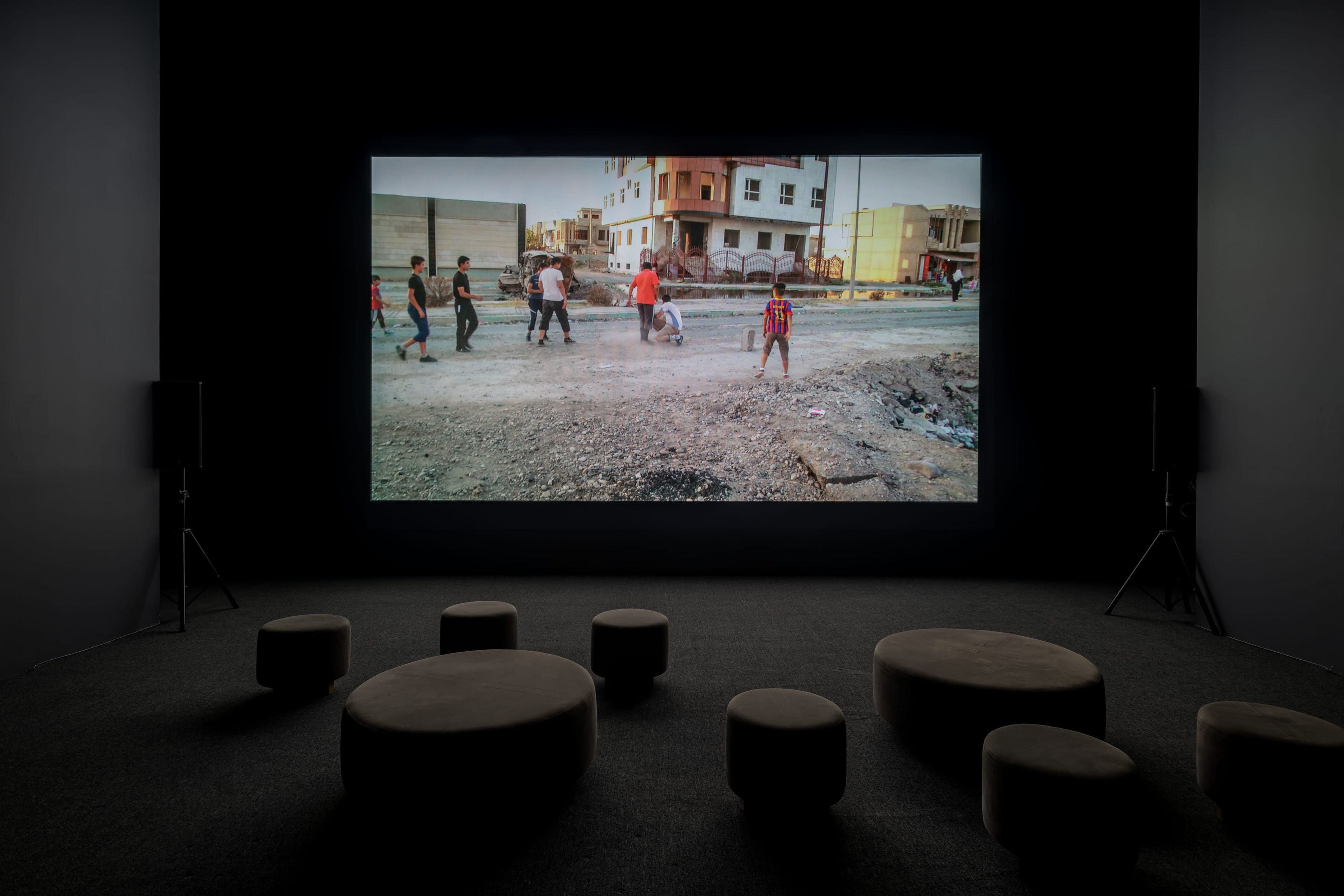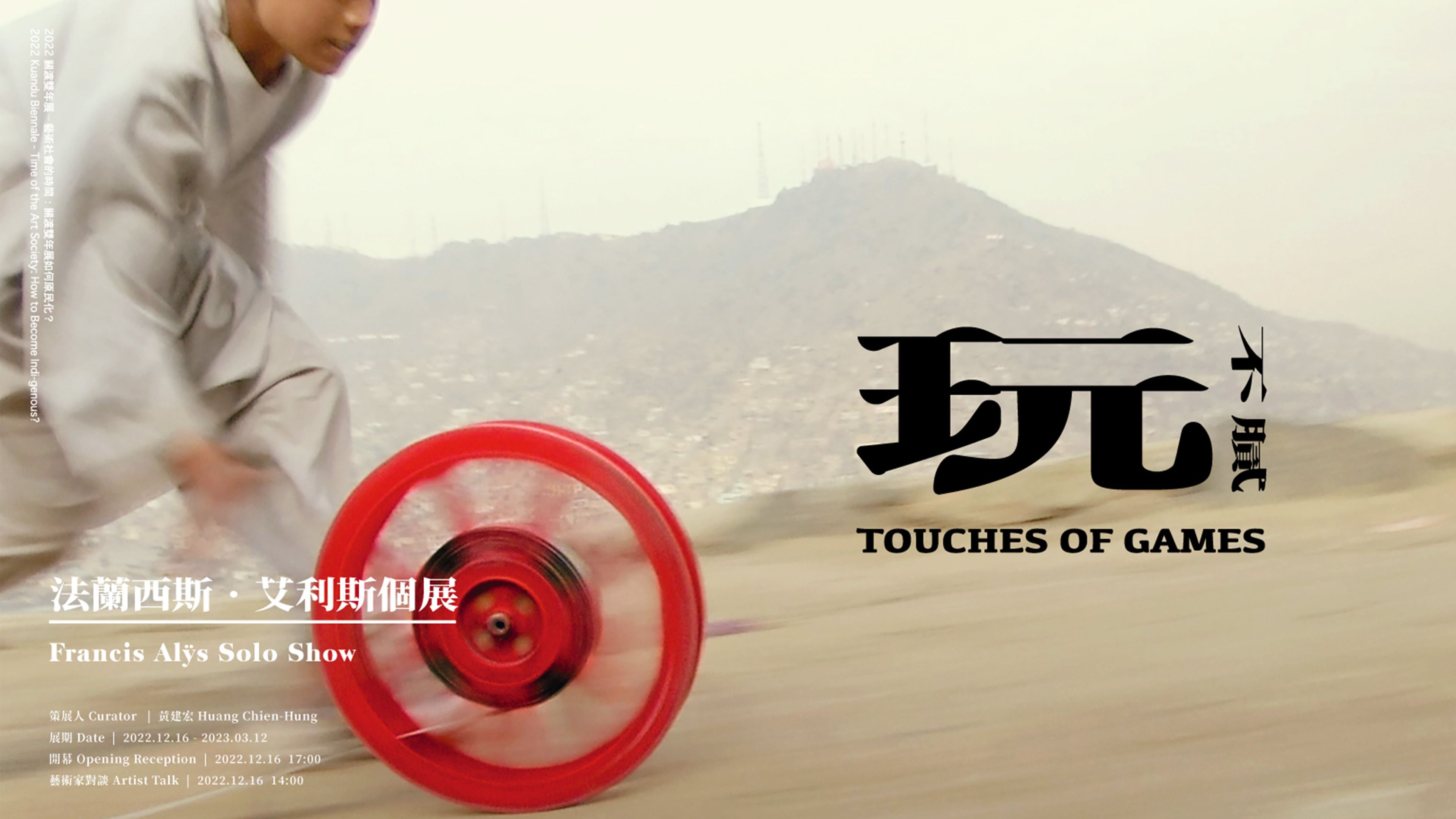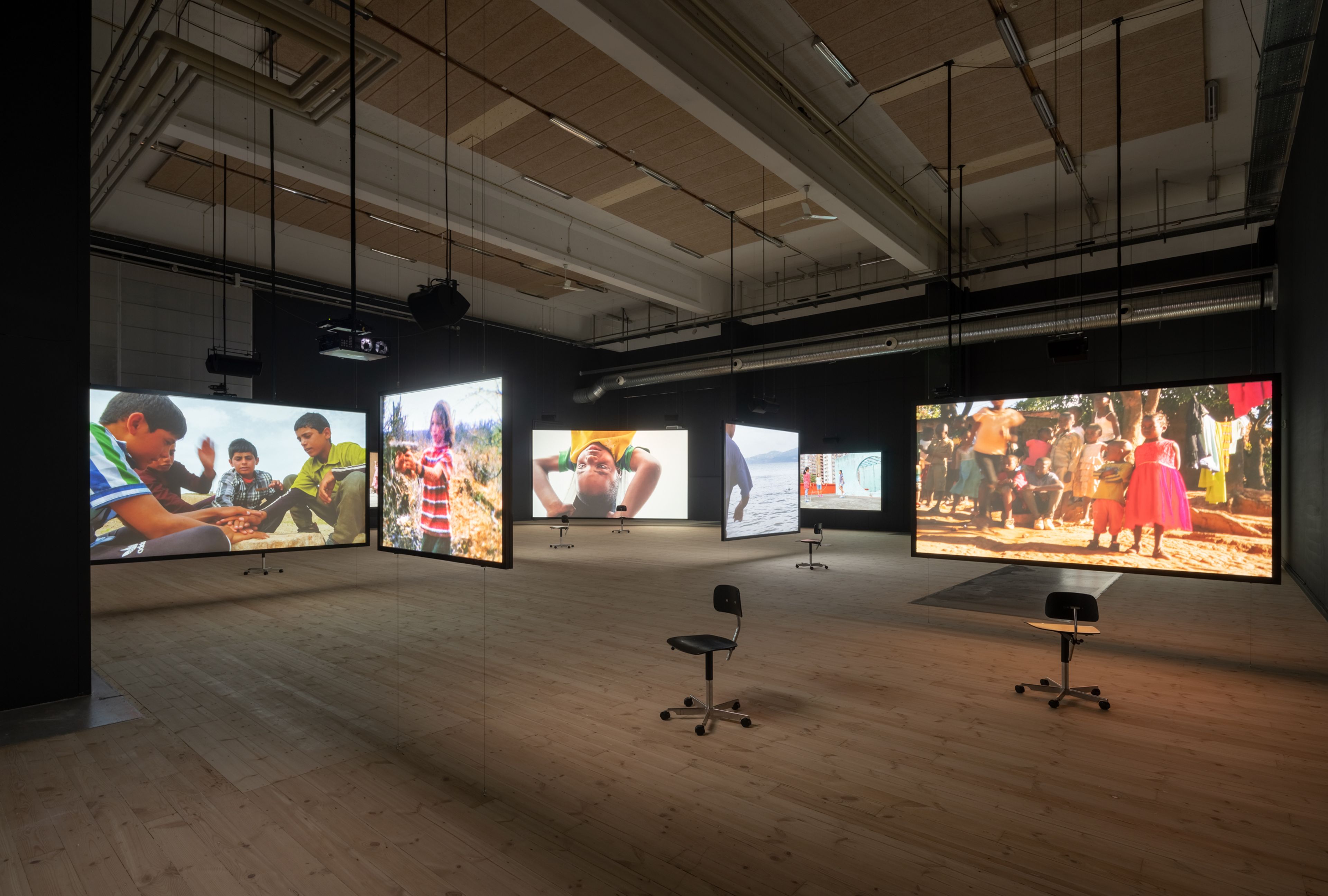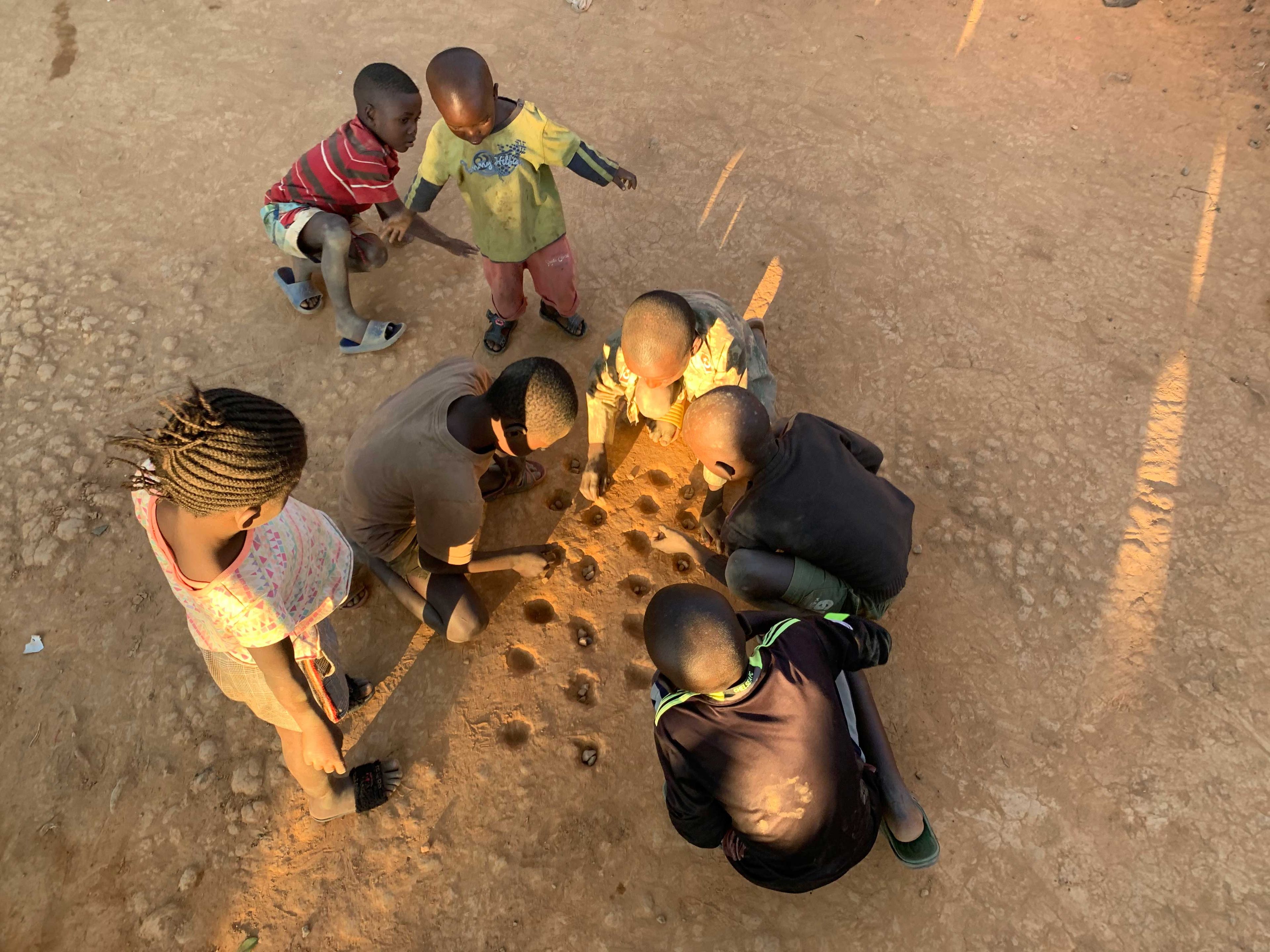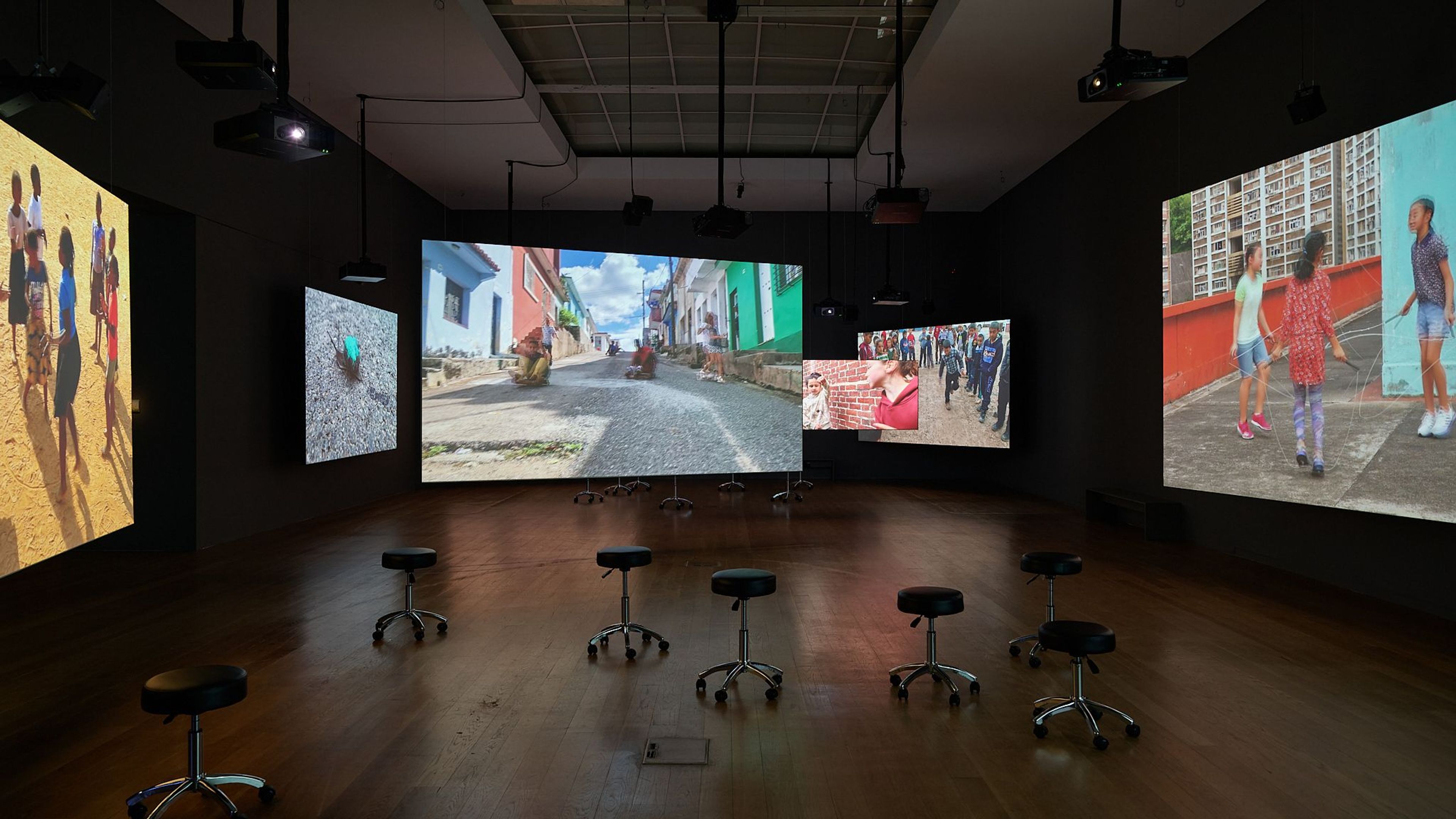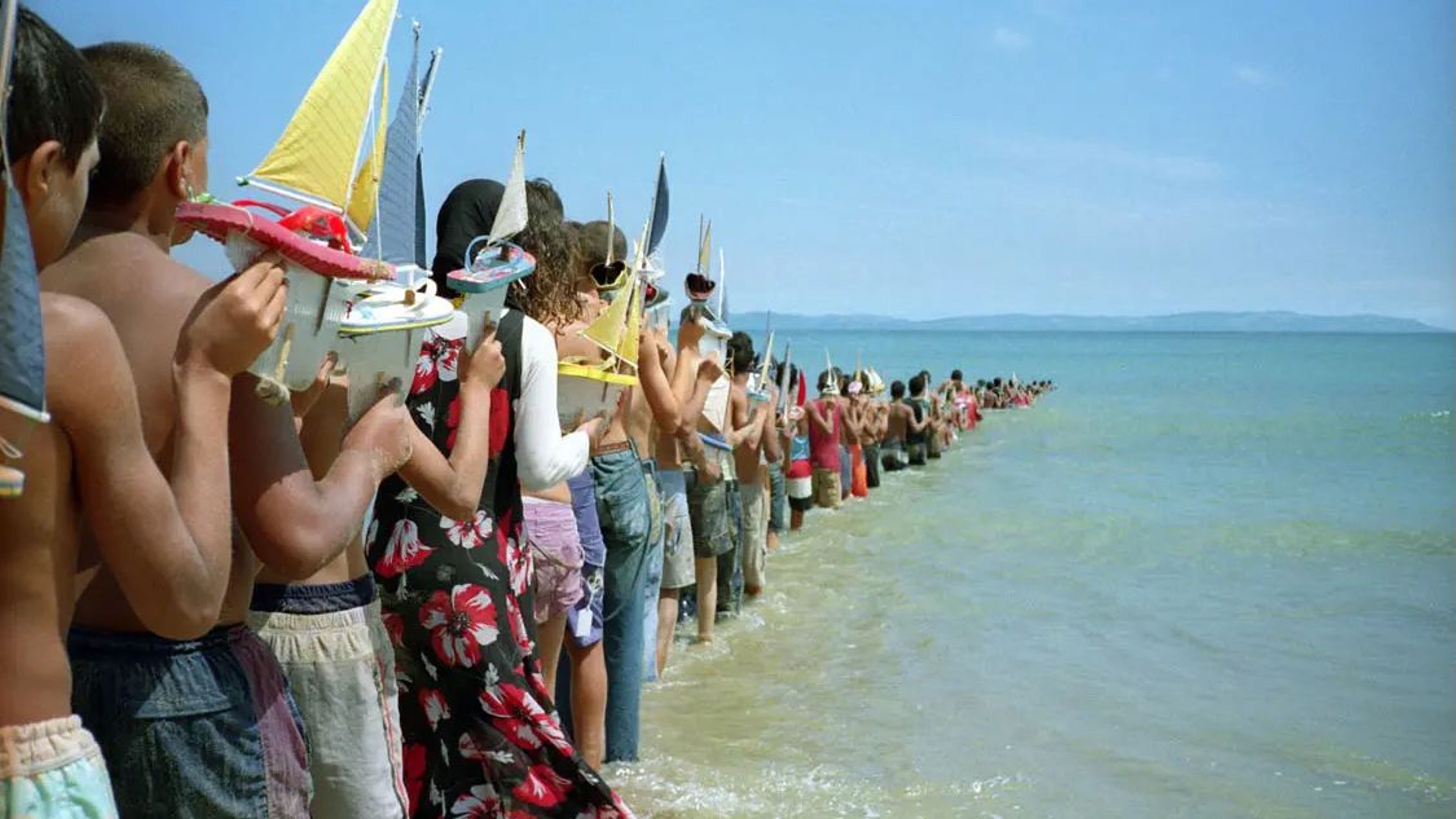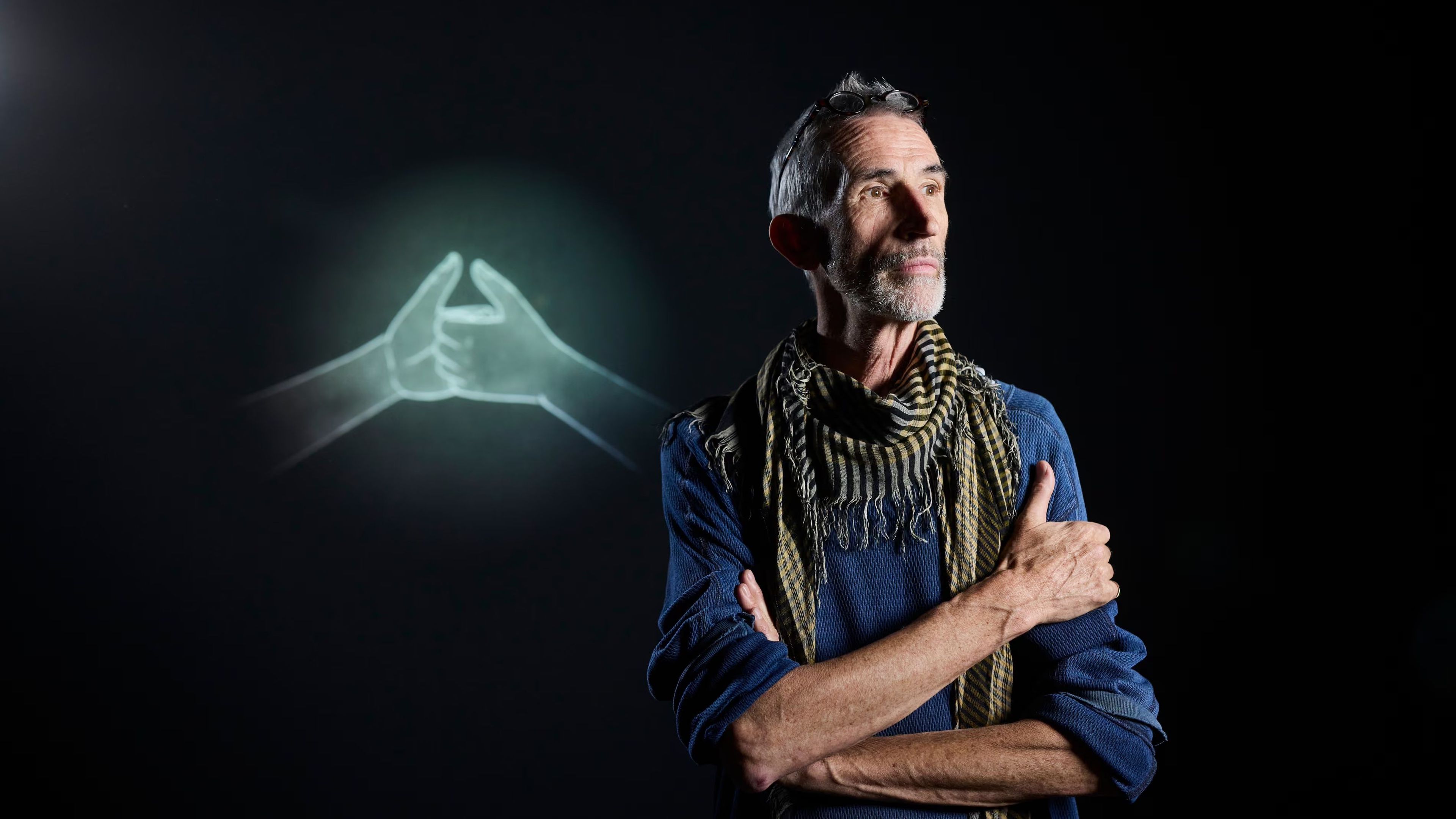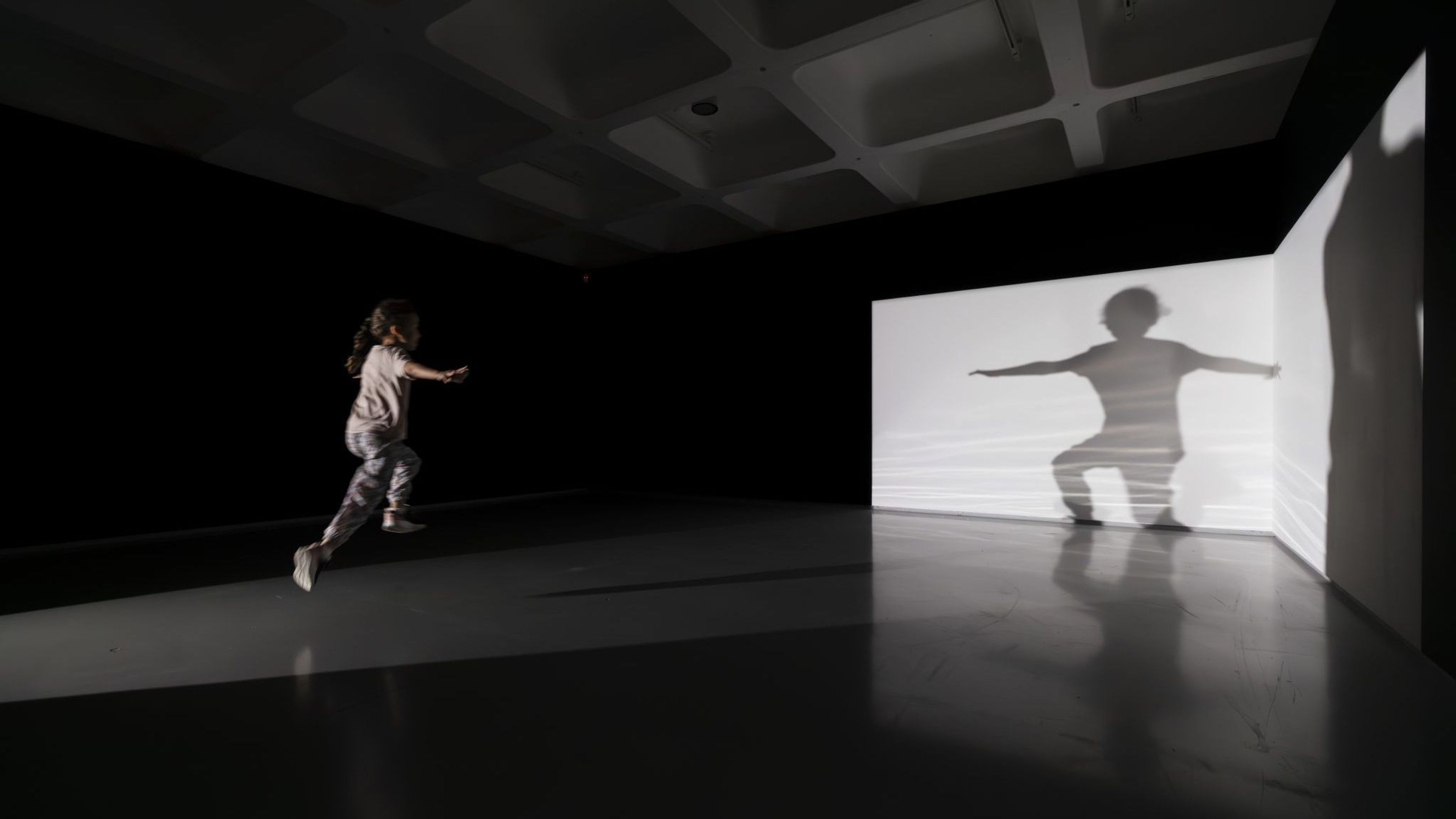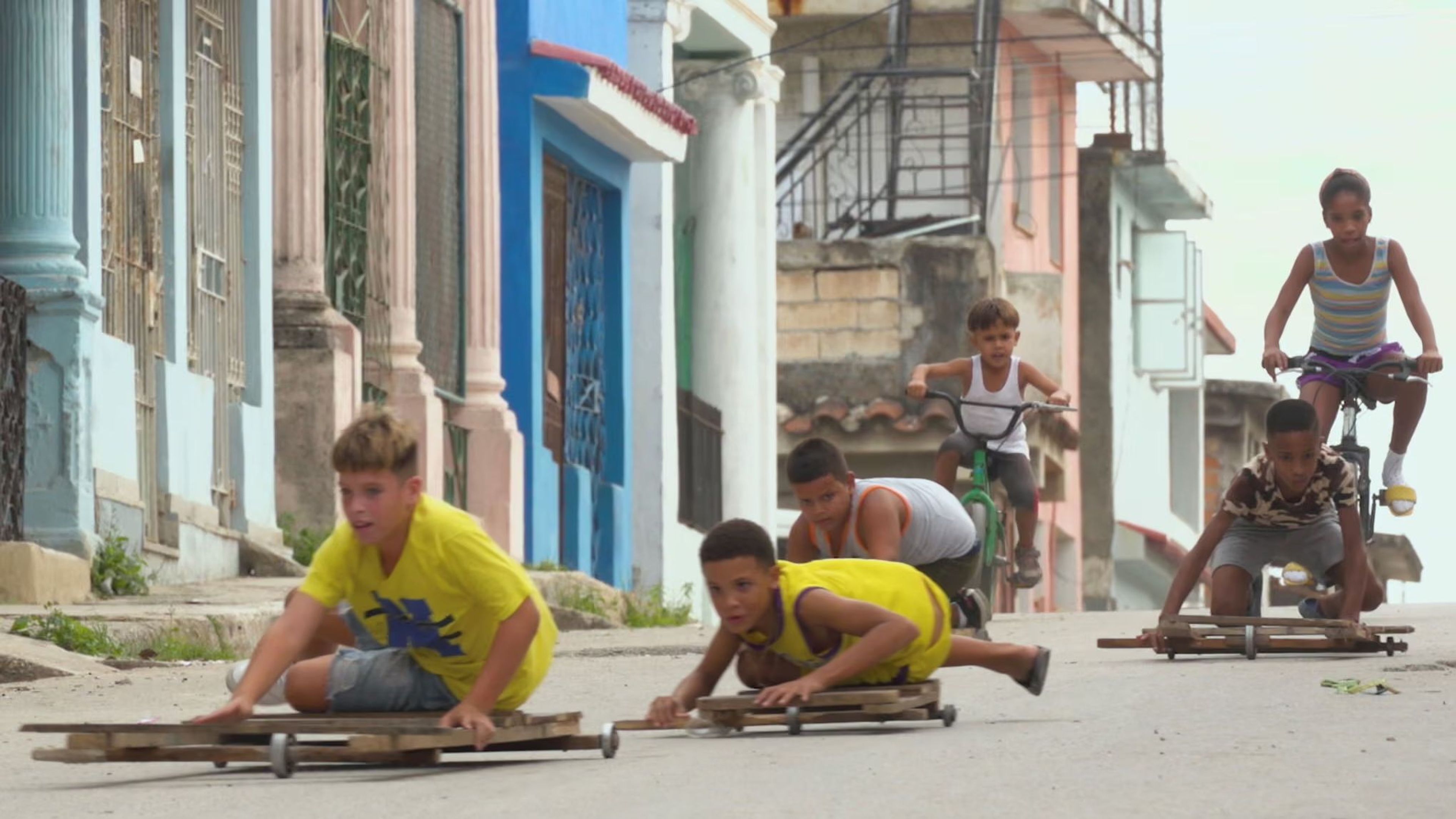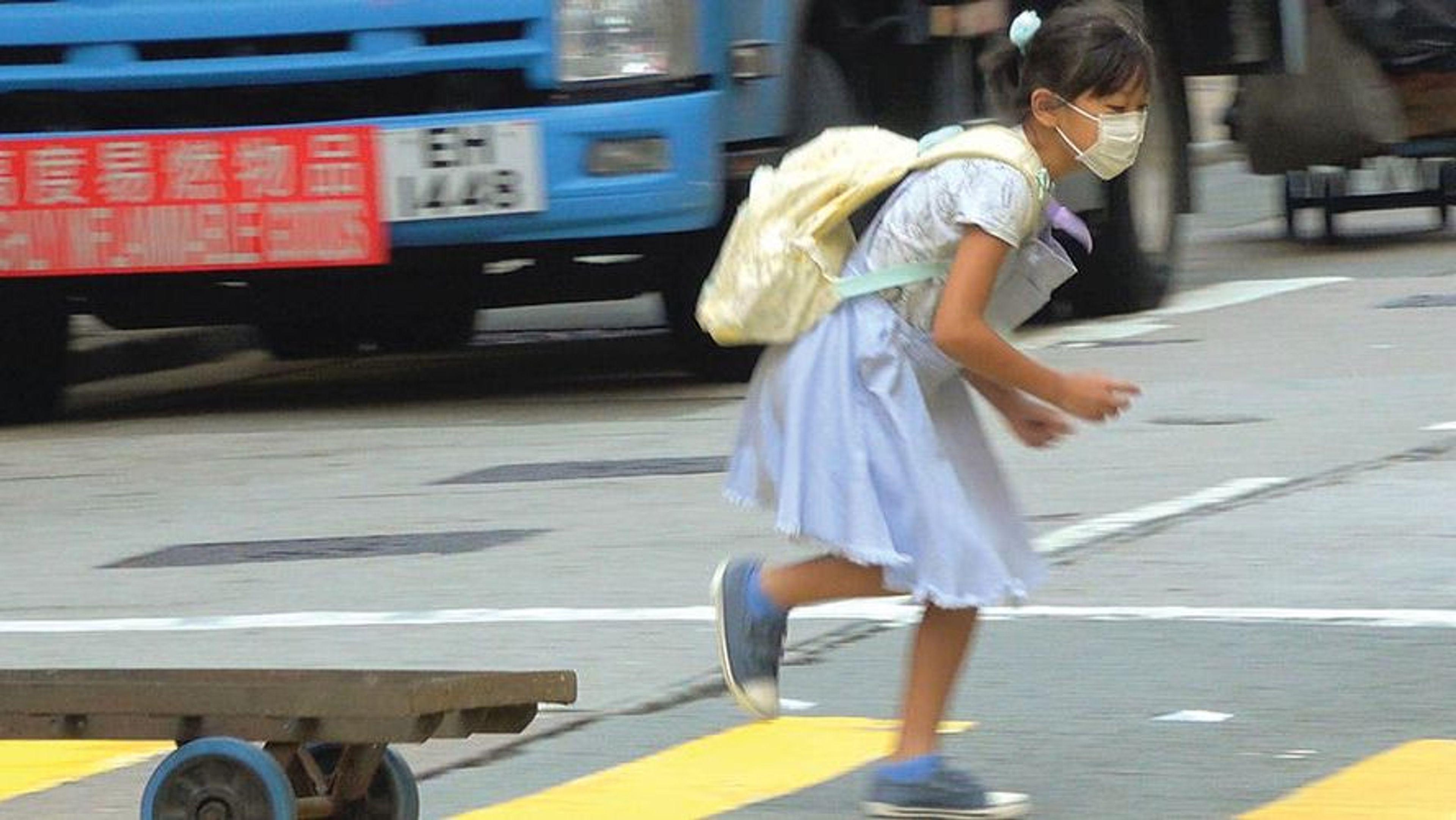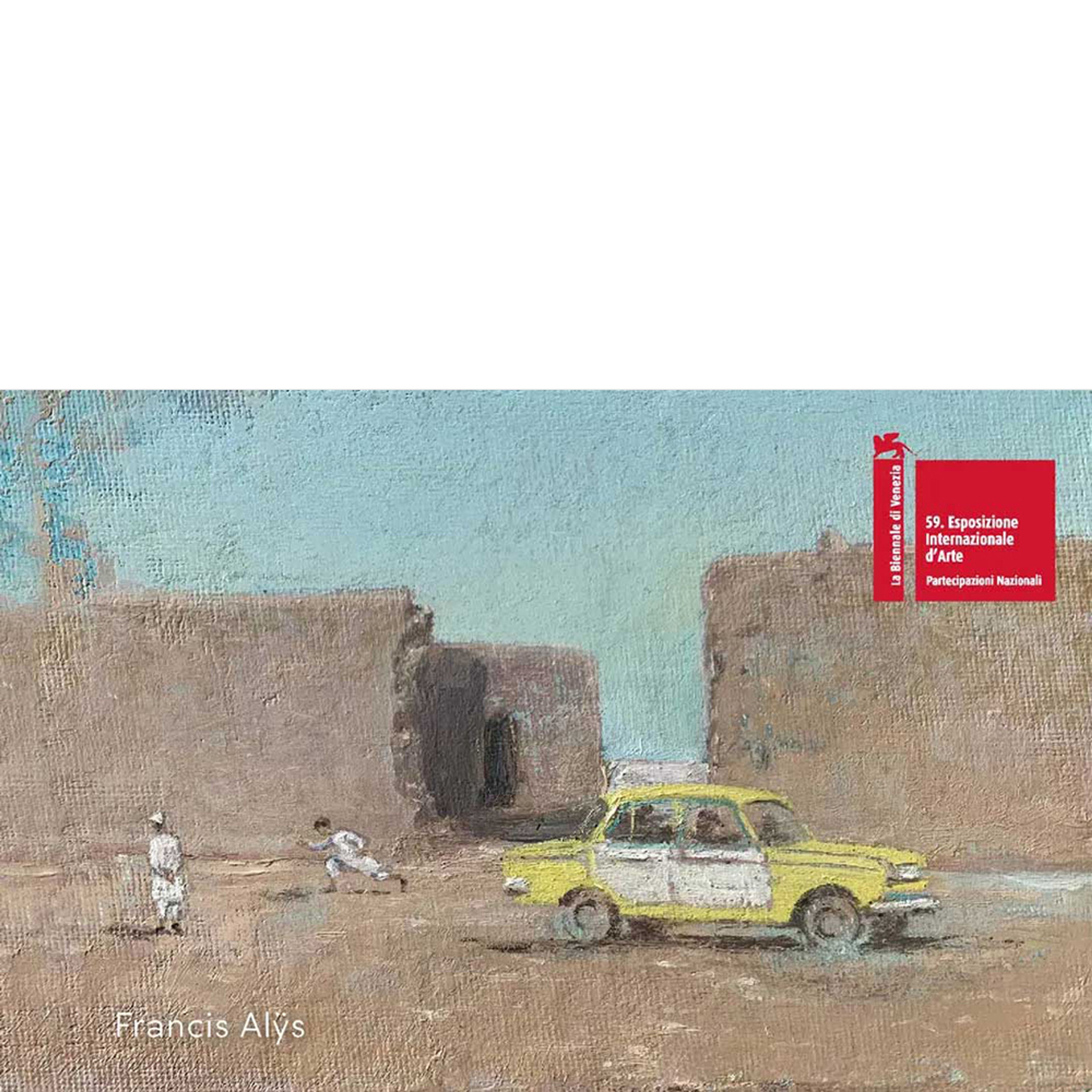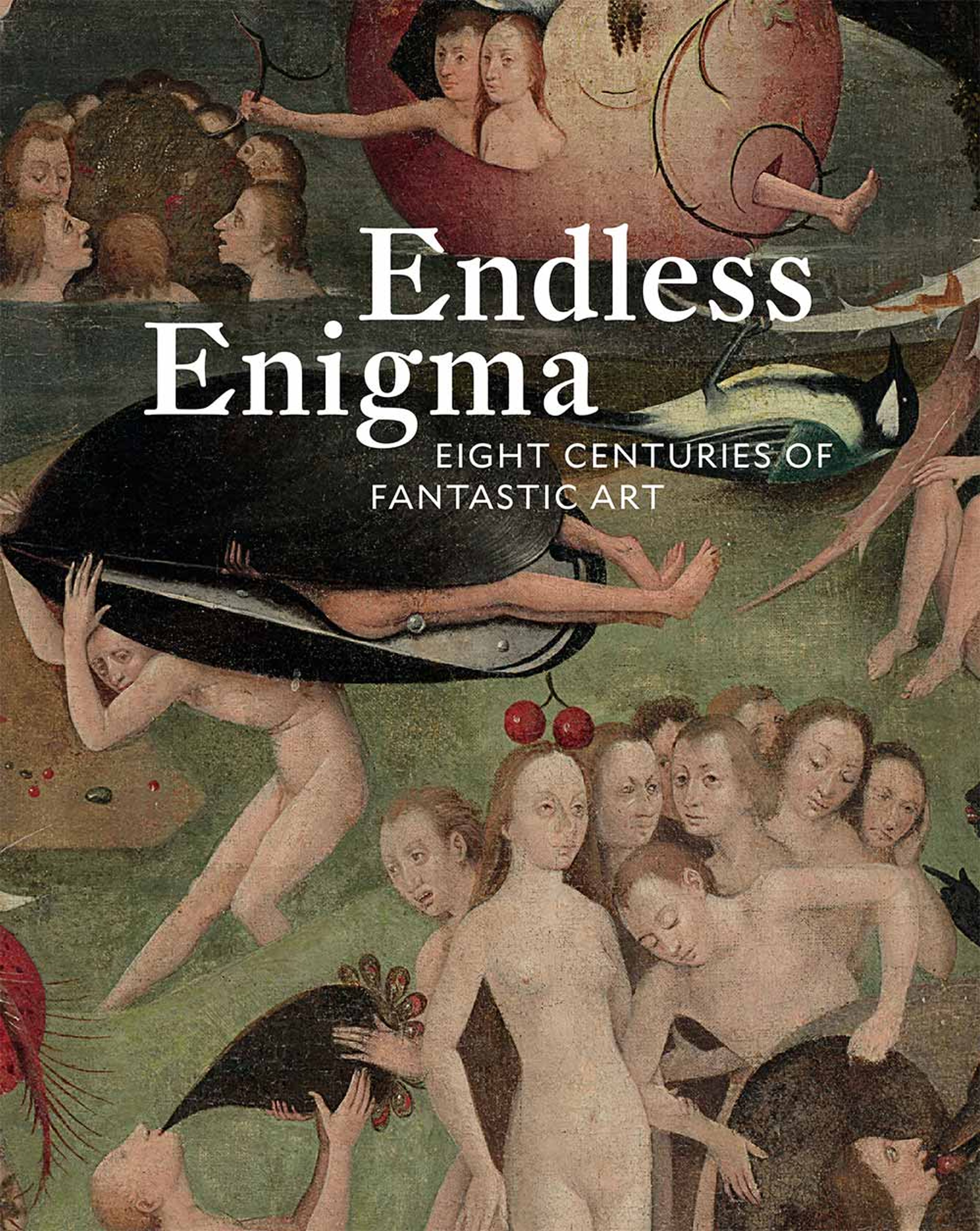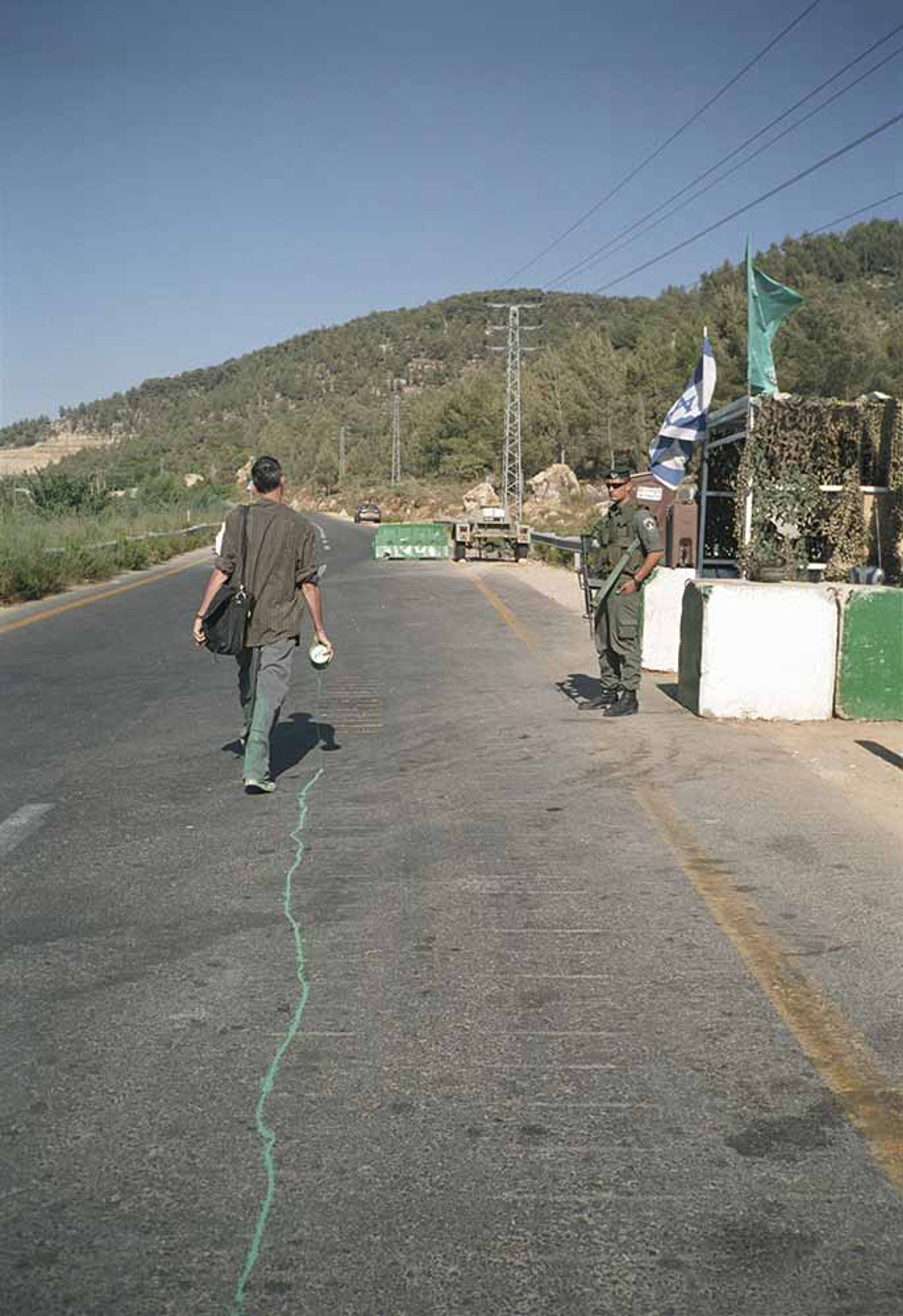Francis Alÿs
Belgian-born Francis Alÿs (b. 1959) is known for his in-depth projects in a wide range of media, including film, painting, photography, performance and video. Through his practice, Alÿs consistently directs his distinct poetic and imaginative sensibility toward anthropological and geopolitical concerns centered around observations of, and engagements with, everyday life.
Learn MoreSurvey
Exhibitions

Explore Exhibitions
Artist News
Biography
Belgian-born Francis Alÿs (b. 1959) is known for his in-depth projects in a wide range of media, including documentary film, painting, drawing, performance, two-dimensional animation, and video. Through his practice, Alÿs consistently directs his distinct poetic and imaginative sensibility toward anthropological and geopolitical concerns centered around observations of, and engagements with, everyday life. The artist himself has described his work as “a sort of discursive argument composed of episodes, metaphors, or parables.”
Born in Antwerp, Alÿs originally trained as an architect. He moved to Mexico City in 1986, where he continues to live and work, and it was the confrontation with issues of urbanization and social unrest in his country of adoption that inspired his decision to become a visual artist. The artist’s work has been represented by David Zwirner since 2004. He was the subject of solo exhibitions at the gallery’s New York location, in 2007 and 2013. In 2016, Ciudad Juárez projects marked his first solo presentation at the gallery’s London location, and in 2021, the solo exhibition Don’t Cross the Bridge Before You Get to the River was on view at David Zwirner Paris. The Gibraltar Projects, a solo exhibition featuring the artist’s acclaimed body of work, The Gibraltar Projects: Don’t Cross the Bridge Before You Get to the River, was on view at David Zwirner New York in 2024.
In summer 2024, the Barbican Art Centre, London, presented Francis Alÿs: Ricochets, marking the United Kingdom premiere of the artist’s series Children’s Games (1999–). The exhibition was subsequently on view at the Serralves Foundation – Museum of Contemporary Art, Porto through March 2025. Alÿs was the recipient of the 2023 Wolfgang Hahn Prize, awarded by the Museum Ludwig, Cologne, and he received a solo exhibition at the museum in November of that year. The artist’s 2013 film Paradox of Praxis 5 was presented at the Cleveland Museum of Art in 2023. Francis Alÿs: Children’s Games, 1999–2022, was on view at the Museo Universitario Arte Contemporáneo, Mexico City, earlier in the same year. A solo exhibition of the artist’s work was on view at Copenhagen Contemporary from 2022 to 2023. In 2022, Alÿs represented Belgium at the 59th Venice Biennale with the solo presentation, Francis Alÿs: The Nature of the Game. At the Musée cantonal des Beaux-Arts, Lausanne, Switzerland, Francis Alÿs: As Long As I’m Walking, was on view in 2021. Also that year, Francis Alÿs: Salam Tristesse was on view at Fragmentos, Espacio de Arte y Memoria, Bogotá. In 2019 to 2020, solo shows by the artist were on view at the Musée d’art contemporain de Montréal (part of the 16th edition of the MOMENTA | Biennale de l’image) and the Eye Filmmuseum in Amsterdam.
In 2018 solo exhibitions of Alÿs’s work were held at the Art Sonje Center in Seoul; KANAL–Centre Pompidou in Brussels; and Rockbund Art Museum in Shanghai. In 2017, the artist unveiled new work at the Iraqi Pavilion at the 57th Venice Biennale, made following his trips to the country. Additionally, a major solo museum exhibition, A Story of Negotiation, featuring the artist’s three projects Don’t Cross the Bridge Before You Get to the River, Tornado, and REEL-UNREEL, was presented at the Art Gallery of Ontario in Toronto. The show was first exhibited at the Museo Tamayo Arte Contemporáneo in Mexico City in 2015, followed by the Museo de Arte Latinoamericano de Buenos Aires (MALBA)—Fundación Costantiniand the Museo Nacional de Bellas Artes de la Habana in Havana.
In 2014, Alÿs’s video REEL-UNREEL, which depicts a street game played by local children in Kabul, was on view alongside related drawings, paintings, and research materials at Museo d’Arte Contemporanea Donna Regina Napoli, Naples. The exhibition traveled later that year to Ujazdowski Castle Centre for Contemporary Art, Warsaw. REEL-UNREEL was originally produced in 2012 for documenta 13, where a selection of paintings was installed in a former bakery in Kassel's city center and the video was screened at a satellite venue in Kabul.
The artist’s work was the subject of a major survey, A Story of Deception, which was on view from 2010 to 2011 at Tate Modern, London; Wiels Centre d’Art Contemporain, Brussels; and The Museum of Modern Art and MoMA PS1, both New York. Over the past decade, Alÿs has had several solo exhibitions at prominent venues including the Museum of Contemporary Art, Tokyo (2013; traveled to the Hiroshima City Museum of Contemporary Art); Irish Museum of Modern Art, Dublin (2010); The Renaissance Society, University of Chicago (2008); Hammer Museum, Los Angeles (2007); Hirshhorn Museum and Sculpture Garden, Washington, DC (2006); and Portikus, Frankfurt (2006).
Work by the artist is held in public collections worldwide, including the 21st Century Museum of Contemporary Art, Kanazawa, Japan; Art Institute of Chicago; Hammer Museum, Los Angeles; Musée d’Art Moderne de la Ville de Paris; Musée d’Art Moderne Grand-Duc Jean, Luxembourg; The Museum of Modern Art, New York; Philadelphia Museum of Art; Pinakothek der Moderne, Munich; Solomon R. Guggenheim Museum, New York; Stedelijk Museum, Amsterdam; and Tate, United Kingdom.
Selected Press
Selected Titles

Request more information
